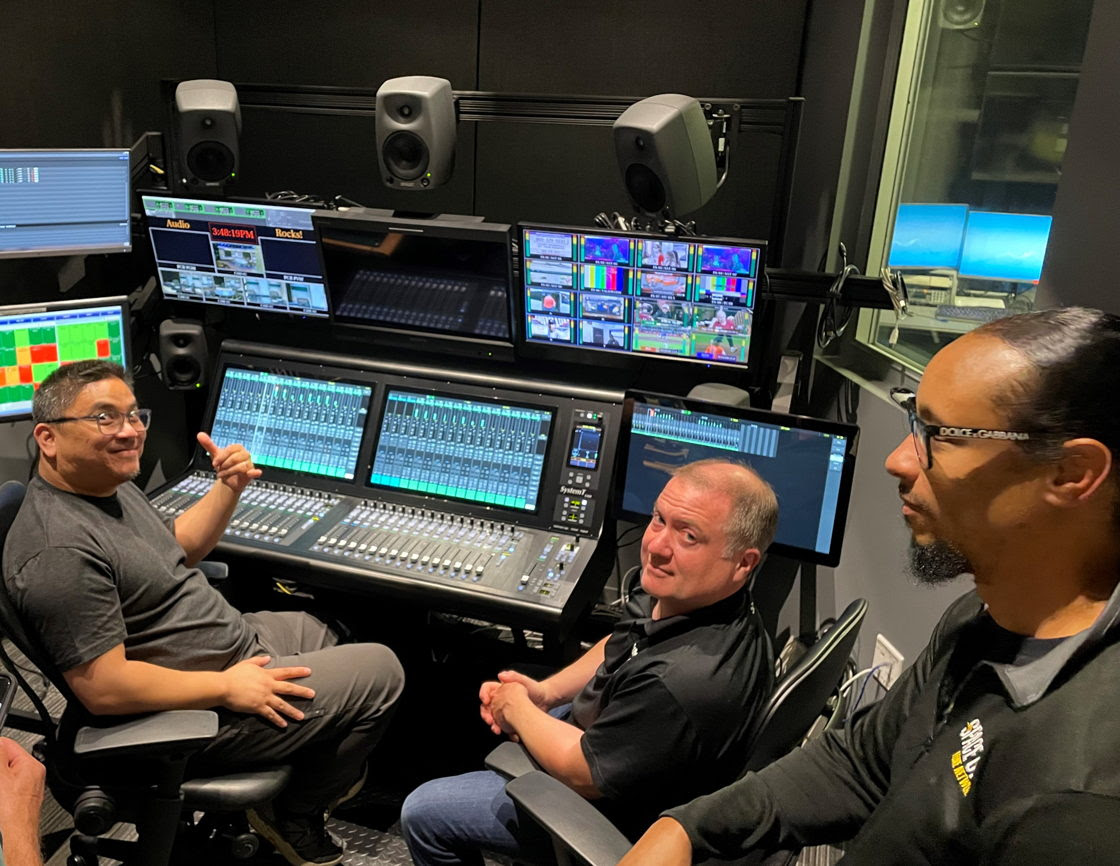The 85-Percent Solution Revisited
Reports of the early end of analog broadcasting are greatly exaggerated, according to an FCC spokeswoman.
Earlier in the week, reports emerged that the FCC was considering a new formula to trigger an accelerated return of broadcast analog spectrum. Currently, 85 percent of TV households in a market must be able to receive digital signals before broadcasters have to give up their analog spectrum. According to published reports, FCC Chairman Michael Powell floated the idea of including DBS and digital cable subscribers toward the total, feasibly triggering an immediate compulsory return of analog spectrum.
However, the FCC spokeswoman said it was agency staff, and not Powell, who suggested that cable and DBS reception be counted in order to meet, not beat, the Dec. 31, 2006 deadline established by Congress. The idea would be to have cable companies carry all the primary digital broadcast signals in each market, and down-convert them for analog-only customers, similar to what DBS does. Because about 80 percent of the nation's television-viewing households subscribe to either DBS or cable, the 85-percent threshold could more easily be met.
The source of the plan involves language in the Balanced Budget Act of 1997, which instructs the FCC not to renew analog licenses after Dec. 31, 2006, unless:
* The ABC, CBS, Fox or NBC affiliate in a given market is not transmitting digitally, in which case, all stations are allowed to continue analog operations.
* DTV receivers are not "generally available" in the market.
* 15 percent of television households in the market have neither a digital receiver nor subscribe to a multichannel video service such as cable or DBS that carries the digital feed of all broadcast stations in the market. (For example, in the New York and Los Angeles markets, there are 23 full-power broadcast stations. The cable systems would have to carry all 23 in order for the analog return kick in.)
The FCC's added twist would be to have cable operators down-convert digital broadcast signals for analog subscribers. What happens to ancillary broadcast services, however, is another matter, considering only around 1.2 million households have over-the-air digital receivers, according to the CEA.
A spokesman for the NAB said only that "we've been briefed by the FCC, and have a variety of concerns."
There are also about 16 million households currently relying exclusively on analog, over-the-air signals. If those households are not accommodated in an analog shut-down, they would conceivably lose access to all television programming. The only place where analog signals have been turned off en masse is in Berlin, where officials supplied digital receivers to those who were unable to buy them. The FCC has requested a study of the Berlin shut-off from the Government Accounting Office, but the subsequent report has not yet been issued.
Congress has been extremely keen on getting back the analog television spectrum so it can be auctioned off, presumably to wireless operators. The total value of the spectrum at auction was first pegged at $26 billion back in 1997, when it was factored into the Balanced Budget Act. More recent figures are triple that amount. By comparison, this year's budget deficit is set to exceed $500 billion, while the total national debt stands at $7 trillion.
Congress is apparently less keen on pulling TV signals from more than 16 million constituents.
Rep. Eliot Engel (D-N.Y.), an eight-term Congressman who sits on the Energy and Commerce Committee, fired off a letter to Powell to the effect that this was not a great idea.
"Affordable equipment is a key component for the success of this transition," Engel wrote. "Affordable equipment will only be widely available when digital televisions and receivers are in mass production. However, the proposal to count television viewers who receive down-converted digital signals in analog format towards the 85-percent computation will create a disincentive for the American consumer to purchase digital televisions, discouraging manufacturers from mass production.... Consequently, lower prices will not occur."
On the coattails of the debate, the Association for Public Television once again put forth it offer to return its members collective 80 Mhz of analog spectrum early, if digital must-carry is enacted.
The professional video industry's #1 source for news, trends and product and tech information. Sign up below.
